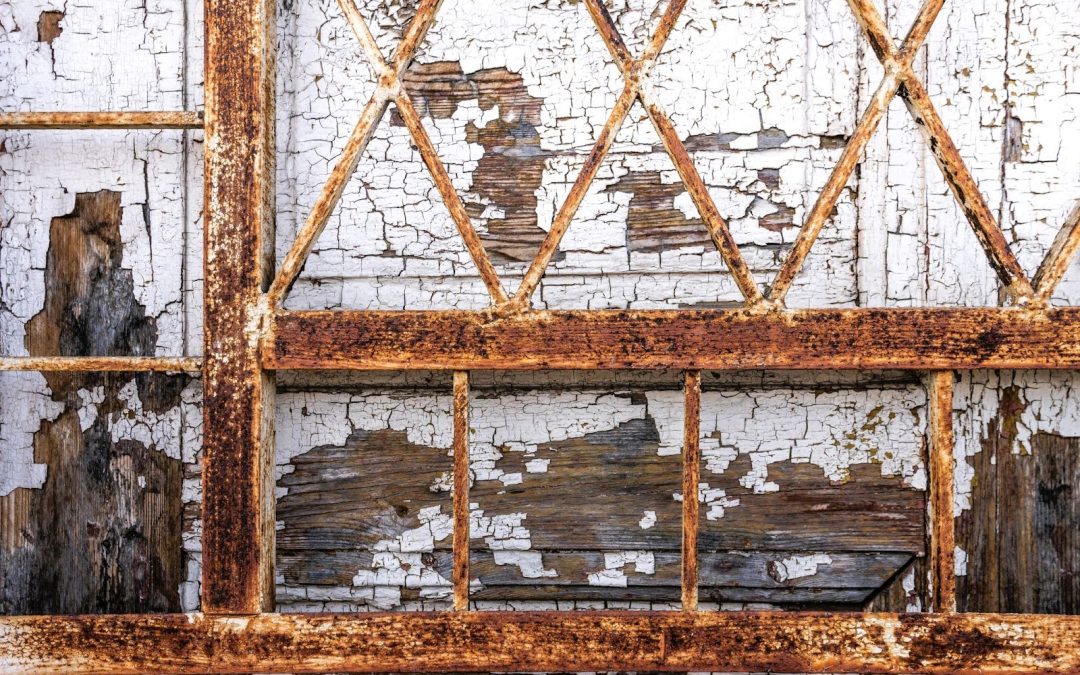A Fabricated steel structure may boast longevity, strength, and durability – however, given a baptism of time, wear and tear is often inevitable when exposure to the elements is extensive. This is especially true for fabricated steel structures in Australia, which are often subjected to intense sun, coastal salt, and extreme temperature changes, each posing unique threats to the integrity of the material.
Weatherproofing can act as a protective layer against these external forces, safeguarding steel from corrosion, wear, and other forms of environmental damage. Explore the best ways to weatherproof a fabricated steel structure with our team at Weldform Structures below.
Selecting the Best Coating for Corrosion Resistance
Rust is one of the first indicators of environmental damage, but a carefully chosen coating can prevent it from compromising the structure’s overall integrity. It can also extend the steel’s life significantly – here are a few coating options to choose from:
- Galvanisation
This process coats steel with a layer of zinc, which is then eaten away by oxidation rather than the metal underneath. It’s one of the most widely used corrosion-resistant coatings, especially in Australia’s coastal regions, and can endure for decades with minimal upkeep.
- Epoxy Coatings: Highly durable and dense, epoxy coatings are excellent for environments where the steel is constantly exposed to abrasive forces or industrial chemicals. The epoxy creates a strong and thick barrier, wrapping around the steel and protecting it from physical wear and tear.
- Polyurethane Coatings: Under Australia’s bright and sometimes harsh sunlight, polyurethane coatings offer UV radiation protection. Unlike other coatings, it doesn’t peel or chalk, maintaining aesthetics while serving a functional purpose.
While choosing one of these coatings already offers excellent corrosion protection, a dual-coating approach ultimately ends up being much stronger.
Applying Cathodic Protection in High-Corrosion Environments
In higher-risk environments such as marine or industrial areas, where corrosion can be particularly aggressive, coatings may not be enough to protect fabricated steel structures. In these cases, cathodic protection can offer a secondary line of defence.
Corrosion occurs as a natural electrochemical process, wherein iron or steel acts as an anode that loses electrons and deteriorates over time. With cathodic protection, a more easily corroded metal is attached to the steel structure or a continuous electrical current is shot through the metal to turn the steel into a cathode from an anode. As a cathode, the steel is essentially protected from corrosion.
- Using Sealants and Waterproofing for Vulnerable Joints and Welds
Joints and welds are two of the most vulnerable parts of a structure. When exposed to moisture, it can lead to rusting from the inside out. Proper sealing around these points prevents corrosion from slipping underneath coatings and damaging the structure from within.
Some of the most effective joint and weld sealants include:
- Elastomeric Sealants: With their elasticity, these sealants can expand and contract with temperature changes, creating a long-lasting seal that can withstand Australia’s ever-changing climate.
- Butyl Rubber: For applications that require intensive waterproofing, such as submerged or high-moisture environments, butyl rubber provides strong water resistance. It’s also highly durable against UV and chemical exposure making it ideal for structures facing intense environmental demands.
- Preparing for Temperature Extremes with Thermal Protection
The Australian climate remains highly variable throughout the year, with considerable highs and lows. Temperatures can range from above 50 °C (122 °F) to as low as −23.0 °C (−9.4 °F), depending on the biome or region in which the structure is erected. These extremes put steel structures through expansion and contraction – thermal protection, in this case, protects the steel against the harmful effects of this process.
- Thermal Coatings: Thermal control coatings often contain ceramic compounds that provide insulation and prevent excessive thermal expansion.
- Structural Design Features: Structural elements like expansion joints allow steel to expand and contract without cracking or buckling. They are particularly effective in areas that experience rapid temperature changes.
Key Takeaway
For structures that last, you can’t depend solely on the strength and durability of fabricated steel. While these features may be able to withstand the effects of external factors for a few years, the structure will inevitably suffer without additional protection. With weatherproofing, you not only satisfy this protection but also reduce maintenance costs and enhance the longevity of the steel for years to come.
If you’re seeking professional assistance in designing, weatherproofing, and a fabricated steel structure, we at Weldform Structures are happy to help. With our knowledge and years of experience, we can offer solutions tailored to the demands of the Australian climate. Contact us today and let’s talk about how we can help your steel structure last generations.

